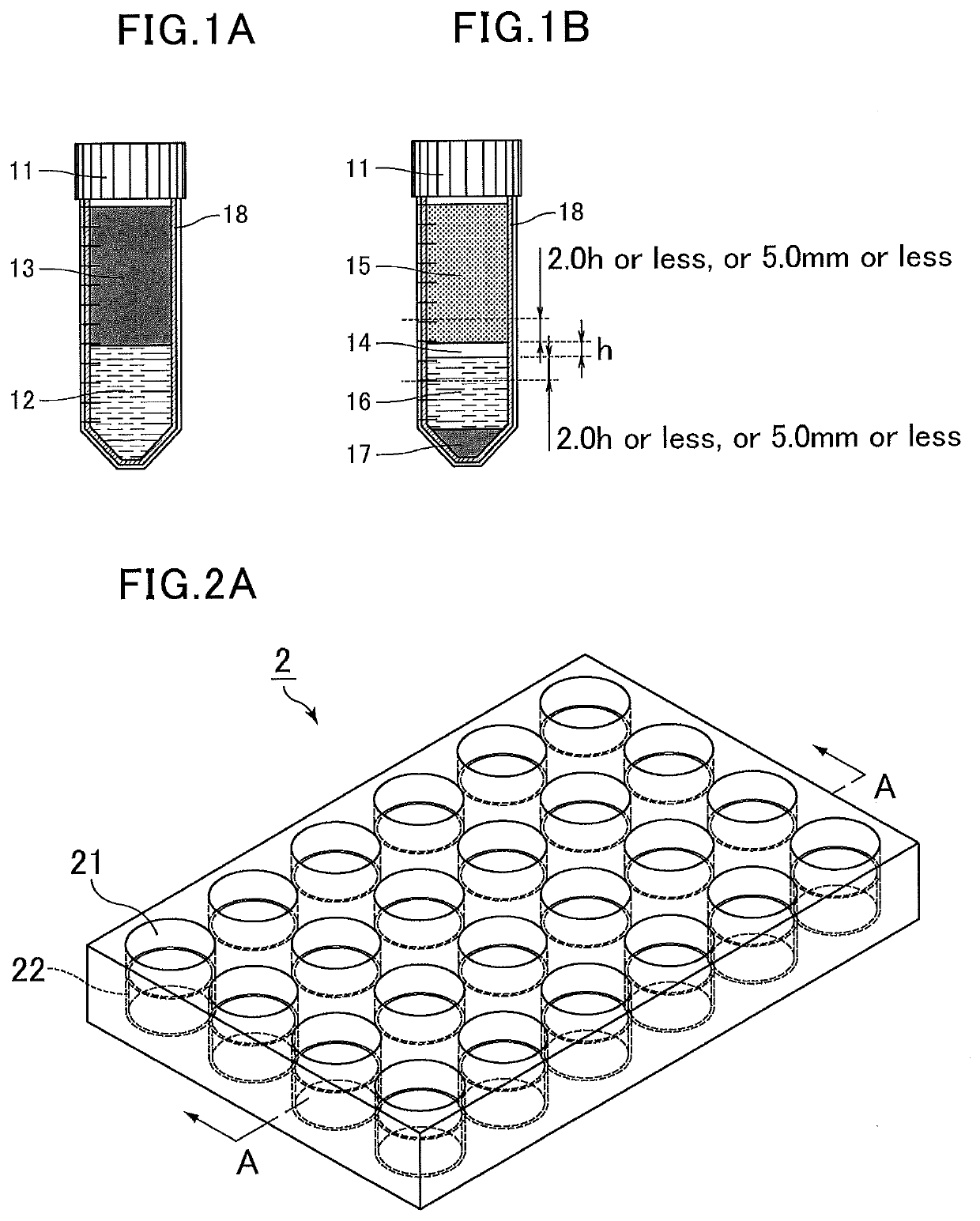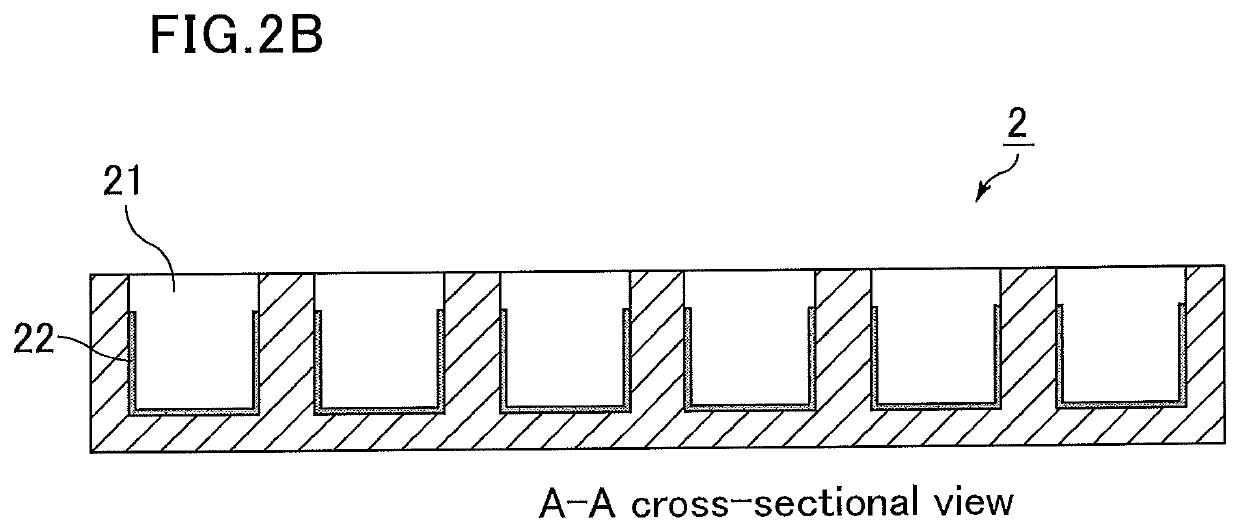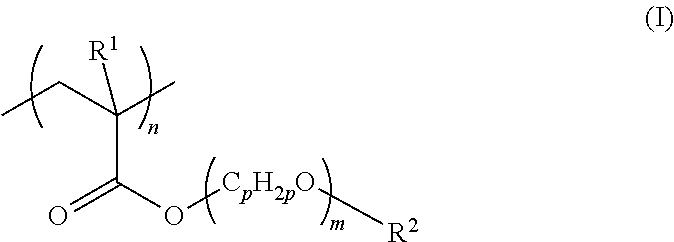Specific cell fractionating and capturing methods
a specific cell and cell technology, applied in the field of specific cell fractionation and capturing methods, can solve the problems of difficult fractionation and capture of cancer cells, limited type of cancer cells that can be captured, etc., and achieve the effect of effectively capturing specific cells, effective fractionation of specific cells, and reducing adhesion or attachment of blood cells
- Summary
- Abstract
- Description
- Claims
- Application Information
AI Technical Summary
Benefits of technology
Problems solved by technology
Method used
Image
Examples
examples
[0118]The present invention is specifically described with reference to, but not limited to, examples below.
[0119]Specific cell-fractionating and -capturing methods were performed as described below. The results of Example a and Comparative Example a (specific cell-fractionating methods) are shown in Table 1; the results of Examples A to C and Comparative Example A (specific cell-capturing methods) are shown in Table 2; and the results of Examples 1 to 4 and Comparative Examples 1-1 to 1-3 and 2 to 5 (specific cell-fractionating or -capturing methods) are shown in Table 3.
Specific Cell-Fractionating Method
Example A
[0120]Stained human colon adenocarcinoma (HT-29) cells were suspended in whole blood at a concentration of 500,000 cells per mL of blood to prepare spiked blood. The spiked blood was diluted with an equal volume of a phosphate buffer solution to prepare a spiked blood dilution. Next, a separation liquid (Lymphoprep, density=1.077±0.001 g / mL) was placed in a 15 mL centrifug...
example a
[0132]Using azobisisobutyronitrile (AIBN), 2-methoxyethyl acrylate was thermally polymerized at 80° C. for six hours to produce poly(2-methoxyethyl acrylate) (molecular weight: Mn=about 15,000, Mw=about 50,000). Then, a 0.25% solution of the poly(2-methoxyethyl acrylate) in methanol was prepared.
[0133]The poly(2-methoxyethyl acrylate) solution (0.25% by mass) was injected into a glass chamber slide and dried to form a hydrophilic polymer layer.
[0134]Further, fibronectin was adsorbed onto the part coated with poly(2-methoxyethyl acrylate) (hydrophilic polymer layer). Specifically, a 200 μg / mL solution of fibronectin in a phosphate buffered saline (PBS) solution was prepared, injected, and left at 40° C. for one hour, followed by washing it with a PBS solution to prepare a medical analysis device.
[0135]Stained human colon adenocarcinoma (HT-29) cells were suspended in whole blood at a concentration of 100 cells per mL of blood to prepare spiked blood. The spiked blood was diluted with...
example b
[0136]The cell capture ratio (%) was determined as in Example A, except that fibronectin was not adsorbed onto the hydrophilic polymer layer formed by injecting the poly(2-methoxyethyl acrylate) solution (0.25% by mass) into the glass chamber slide and drying it.
PUM
| Property | Measurement | Unit |
|---|---|---|
| thickness | aaaaa | aaaaa |
| contact angle | aaaaa | aaaaa |
| density | aaaaa | aaaaa |
Abstract
Description
Claims
Application Information
 Login to View More
Login to View More - R&D
- Intellectual Property
- Life Sciences
- Materials
- Tech Scout
- Unparalleled Data Quality
- Higher Quality Content
- 60% Fewer Hallucinations
Browse by: Latest US Patents, China's latest patents, Technical Efficacy Thesaurus, Application Domain, Technology Topic, Popular Technical Reports.
© 2025 PatSnap. All rights reserved.Legal|Privacy policy|Modern Slavery Act Transparency Statement|Sitemap|About US| Contact US: help@patsnap.com



